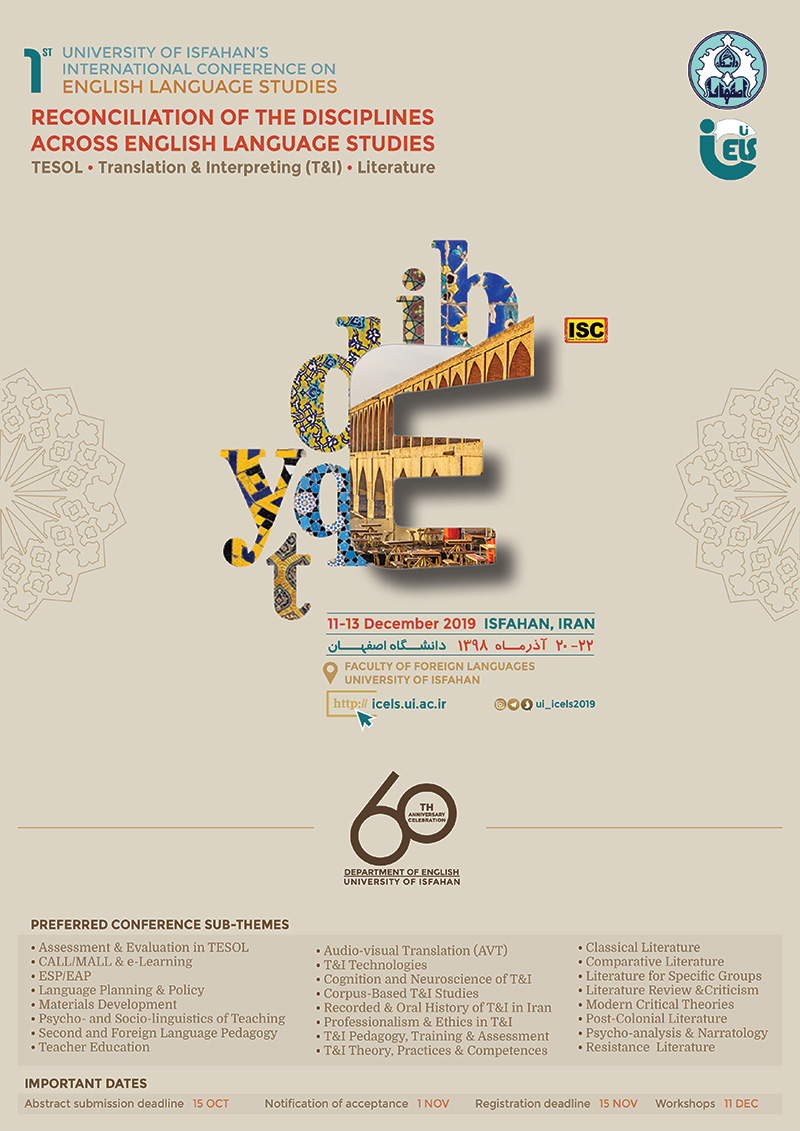
Time Restricted and Not Time Restricted Translation Tasks: A Case Study of a Translation Quality Assessment of a Persian Translation of a Text
نویسندگان :
Mahshid Gil Asgar ( Arak University ) , Alimohammad Mohammadi ( Arak University )
چکیده
The concept of time is of high importance in every aspect of education. With regards to translation and the requirements of keeping up with the fast business of translating texts in different languages, time finds a more prominent status. The present study aims at investigating the effect of time on the quality of translation. To this aim, a number of ten third-year translation students, in two groups, translated a text from English to Persian. In one group the translation task was administered as Time Restricted, meaning that the students were required to complete it in 15 minutes. In another group, the task took the form of Not Time Restricted in the sense that the students had no forced time limitation for completing the task. The translated outputs were gathered and analyzed by two raters using House s (1997) model of Translation Quality Assessment (TQA). Based on the model, instances of covert and overt errors were identified and their frequency was computed. The comparison between the results indicated that students in the Time Restricted group had significantly higher number of errors compared with the Not Time Restricted group. It was discussed that in line with few previous research done in this field, as time decreases the quality of translation is compromised. Finally, the implications of this finding in the field of translation education and studies are given.کليدواژه ها
Translation Quality Assessment (TQA), time, time restricted tasks, not time restricted tasks, House s model, Persian, Englishکد مقاله / لینک ثابت به این مقاله
برای لینک دهی به این مقاله، می توانید از لینک زیر استفاده نمایید. این لینک همیشه ثابت است :نحوه استناد به مقاله
در صورتی که می خواهید در اثر پژوهشی خود به این مقاله ارجاع دهید، به سادگی می توانید از عبارت زیر در بخش منابع و مراجع استفاده نمایید:Mahshid Gil Asgar , 1398 , Time Restricted and Not Time Restricted Translation Tasks: A Case Study of a Translation Quality Assessment of a Persian Translation of a Text , اولين کنفرانس بين المللي مطالعات زبان انگليسي
دیگر مقالات این رویداد
© کلیه حقوق متعلق به دانشگاه اصفهان میباشد.
